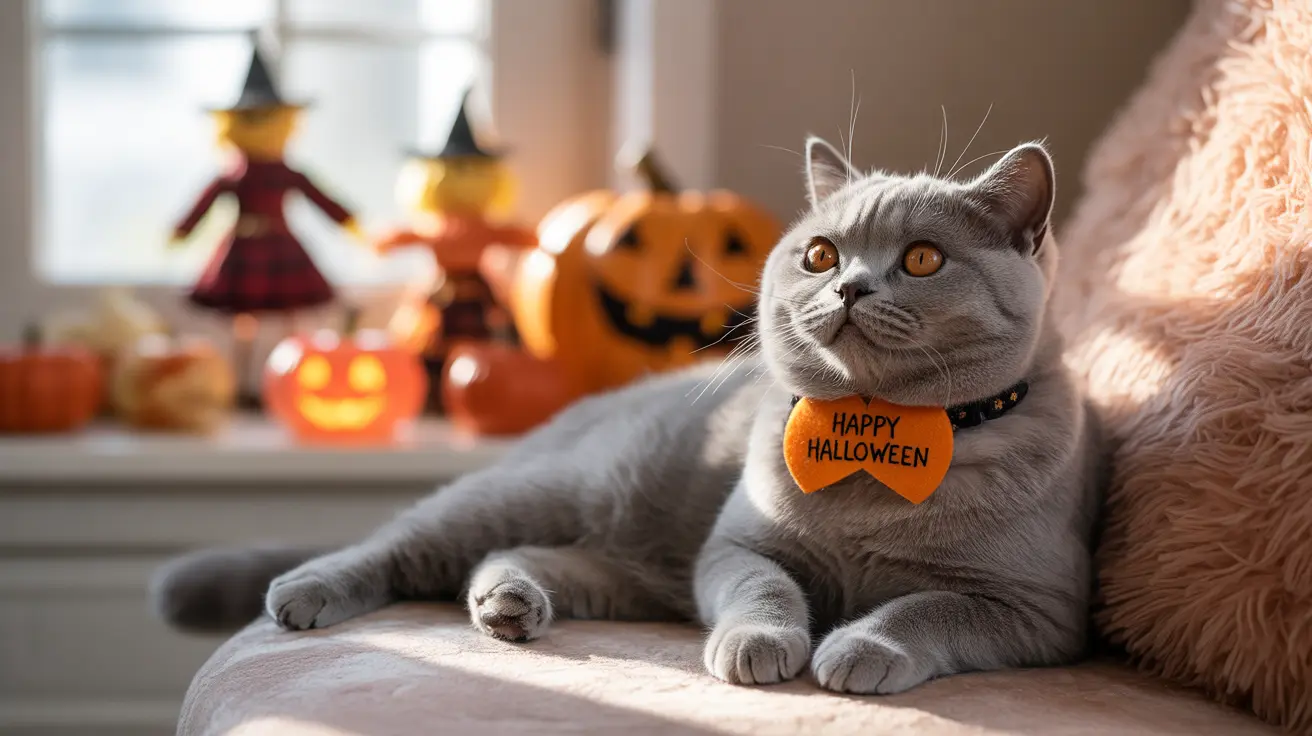Every October, social media buzzes with warnings about protecting black cats from ritualistic harm during Halloween. But is there any truth to these widespread concerns? This article examines the facts behind these persistent myths and reveals the actual challenges black cats face throughout the year.
While Halloween-specific dangers to black cats have become deeply embedded in popular culture, extensive research shows no significant increase in harm to black cats during the holiday season. However, these beautiful animals do face very real challenges that deserve our attention and action.
The Halloween Black Cat Myth: Separating Fact from Fiction
Despite widespread beliefs, animal welfare organizations and law enforcement agencies consistently report no statistical evidence of increased violence or ritual killings of black cats during Halloween. These concerns appear to stem primarily from urban legends and isolated incidents that have been sensationalized over time.
Many shelters traditionally suspend black cat adoptions in October as a precautionary measure. However, this practice may actually do more harm than good by reducing opportunities for these cats to find loving homes during a time when adoption interest is high.
Real Challenges Facing Black Cats Year-Round
The true threat to black cats isn't Halloween-specific violence but rather systemic challenges they face in the shelter system throughout the year. Statistics paint a sobering picture:
- Black cats face the highest euthanasia rates (74.6%) in shelters
- They have the lowest adoption rates (10%) among all cat colors
- They consistently spend longer periods waiting for adoption
- They are overrepresented in shelter populations
The Impact of Superstition and Cultural Bias
Medieval European folklore linking black cats to witchcraft and bad luck continues to influence modern perceptions. These persistent superstitions contribute to lower adoption rates and can affect how people interact with black cats year-round, particularly in more traditional or rural communities.
Practical Safety Measures for Halloween
While ritual harm may be largely mythical, Halloween does present some practical safety concerns for all cats, including black ones:
- Keep cats indoors during Halloween activities
- Ensure proper identification in case of escape
- Create a quiet space away from trick-or-treater traffic
- Monitor candy and decorations that could pose hazards
Creating Positive Change for Black Cats
Instead of focusing on unsubstantiated Halloween dangers, the community can better serve black cats by:
- Supporting year-round adoption initiatives
- Challenging negative stereotypes and superstitions
- Advocating for better shelter photography techniques to showcase black cats effectively
- Promoting responsible pet ownership regardless of cat color
Frequently Asked Questions
Is it true that black cats are more likely to be harmed or killed on Halloween?
No, there is no statistical evidence supporting increased harm to black cats during Halloween. While isolated incidents may occur, they are not more common during this holiday than at other times of the year.
Why do black cats have lower adoption rates and higher euthanasia rates in shelters?
Black cats face lower adoption rates due to several factors: superstitious beliefs, difficulty in photographing them effectively for adoption websites, and their overrepresentation in shelter populations. These factors contribute to higher euthanasia rates throughout the year.
How can I keep my black cat safe during Halloween and other high-risk times?
Keep your cat indoors, ensure they have proper identification, create a quiet space away from Halloween activities, and monitor decorations and candy that could pose safety risks. These precautions are valuable for all cats, regardless of color.
What are the origins of the superstition that links black cats to bad luck or witchcraft?
These superstitions originated in medieval Europe, where black cats were associated with witches and considered bad omens. These beliefs were particularly strong during the witch trial era and have persisted in various forms across cultures.
Does suspending black cat adoptions around Halloween actually protect them or harm their chances?
Evidence suggests that suspending black cat adoptions during October may actually harm their chances of finding homes. This practice reduces adoption opportunities during a time when interest is high, without providing any documented protection against harm.
Conclusion
While Halloween safety concerns for black cats have captured public imagination, the evidence shows these fears are largely unfounded. The real challenge lies in addressing year-round issues of discrimination and shelter outcomes. By focusing on these genuine problems rather than seasonal myths, we can make a meaningful difference in the lives of black cats throughout the year.






